Docker: Invalid Reference Format: Repository Name Must Be Lowercase.
Docker has revolutionized the way software is developed, deployed, and managed by providing a lightweight and efficient way to package applications into containers. With its popularity soaring in recent years, it is essential for developers and system administrators alike to understand the various concepts and potential errors that can arise when working with Docker. One such error, “Invalid Reference Format: Repository Name Must Be Lowercase,” is a common stumbling block that can be encountered while using Docker. In this article, we will delve into the causes and implications of this error, how to fix it, common mistakes to avoid, and best practices for using Docker.
Error: Invalid Reference Format
When working with Docker, it is crucial to follow certain naming conventions for repositories and tags. Docker enforces a strict naming policy for repositories, requiring that the names be in lowercase letters. If you attempt to use uppercase letters in the repository name, you will encounter the error message: “Invalid Reference Format: Repository Name Must Be Lowercase.” This error occurs because Docker treats the given name as an invalid reference and fails to execute the intended operation.
Causes and Implications of the Error
The most common cause of this error is a simple typographical mistake, where the repository name is unintentionally written in uppercase letters. Other causes may include copying and pasting the name from a different source that had uppercase letters or using a tool or script that generated an incorrect repository name.
The implications of this error can vary depending on the specific operation being performed. For example, if you are trying to pull an image from a Docker registry using the docker pull command, the error will prevent the image from being fetched. Similarly, if you are attempting to run a container using the docker run command with an improperly formatted repository name, the container will not start. This error can also occur when using commands such as docker tag or docker rename image, where Docker expects a valid lowercase repository name.
Fixing the Error: Repository Name Format
To fix the “Invalid Reference Format” error, it is necessary to ensure that the repository name is written in lowercase letters. Review the command or script that generated the repository name and correct any instances of uppercase letters. Additionally, if you are copying and pasting the name, double-check that it does not contain any unintentional uppercase letters.
For example, if you were executing the following command:
docker run -d -p 8080:80 MyRepository:latest
You would need to change the repository name to lowercase:
docker run -d -p 8080:80 myrepository:latest
By adhering to the lowercase naming convention, the error will be resolved, and the Docker operation will be successfully executed.
Common Mistakes to Avoid
While the “Invalid Reference Format” error is relatively straightforward to fix, it is important to be aware of common mistakes that can lead to this error in the first place. Here are some key points to keep in mind:
1. Check for typos: Double-check any manually typed repository names for uppercase letters and correct any mistakes.
2. Avoid copying uppercase names: When copying a repository name from a different source, ensure that it does not contain any uppercase letters that would violate the lowercase naming convention.
3. Be cautious with generated names: If using a tool or script to generate repository names, ensure that the generated names adhere to the lowercase naming convention. Verify the source code of the tool or script if necessary.
Best Practices for Using Docker
To avoid encountering the “Invalid Reference Format” error and to ensure a smooth Docker experience, it is beneficial to follow some best practices. These practices can help maintain consistency, prevent errors, and facilitate collaboration with other developers.
1. Always use lowercase repository names: Adhering to the lowercase naming convention for repositories is a best practice that reduces the likelihood of encountering errors. It also helps maintain consistency across the Docker ecosystem.
2. Double-check before executing commands: Before executing any Docker command, review the input parameters, including repository names, for correctness. This precautionary step can help identify and resolve errors before running the command.
3. Use descriptive and meaningful names: While adhering to lowercase letters, it is important to use descriptive and meaningful names for repositories. Clear and well-defined names aid in identifying and managing Docker images and containers effectively.
FAQs:
Q: What happens if I don’t fix the “Invalid Reference Format” error?
A: If the error is not fixed, Docker will not be able to perform the intended operation, such as pulling an image, running a container, or executing other Docker commands. This can hinder the development, deployment, and management of applications.
Q: Can I change the repository name after creating a Docker image?
A: Yes, you can rename a Docker image using the docker tag command. However, ensure that the new name adheres to the lowercase naming convention.
Q: How can I avoid encountering this error in the future?
A: By following the best practices mentioned in this article, such as using lowercase repository names, double-checking commands, and avoiding copy-pasting uppercase names, you can minimize the chances of encountering the “Invalid Reference Format” error.
In conclusion, the “Invalid Reference Format: Repository Name Must Be Lowercase” error is a common mistake faced by Docker users. By understanding the causes and implications of this error, as well as following the provided remedies, Docker enthusiasts can overcome this obstacle and ensure a seamless Docker experience. By adhering to best practices and avoiding common mistakes, developers and system administrators can harness the power of Docker to its full potential.
Docker Error: Dockerfile: No Such File Or Directory File In Wrong Folder Dockerfile Or File.Docker
Keywords searched by users: docker: invalid reference format: repository name must be lowercase. Is not a valid repository/tag: invalid reference format, Docker pull invalid reference format, Rename docker repository name, Docker run, Docker tag, Docker rename image, Failed to read dockerfile, Mount docker in docker
Categories: Top 38 Docker: Invalid Reference Format: Repository Name Must Be Lowercase.
See more here: nhanvietluanvan.com
Is Not A Valid Repository/Tag: Invalid Reference Format
Introduction:
When working with version control systems like Git, you may encounter error messages like “is not a valid repository/tag: invalid reference format.” This error typically occurs when attempting to reference a repository or tag that does not exist or is formatted incorrectly. In this article, we will delve into the details of this error, understand its causes, and explore troubleshooting options.
Understanding the “Is not a valid repository/tag: Invalid reference format” error:
1. Invalid Repository:
This error occurs when Git fails to find the specified repository. It can be due to multiple reasons, such as a typo in the repository’s name, an incorrect path, or the repository does not exist at all.
2. Invalid Tag:
Similarly, this error may also occur when trying to reference a tag that does not exist in the repository. Tags are references to specific points in Git history, typically used to label important milestones or releases. If the referenced tag is not present, the error occurs.
3. Incorrect Reference Format:
The error message can also be triggered if the reference format is incorrect. Git has specific guidelines for referencing repositories and tags, such as using the correct syntax or delimiter. Deviating from these conventions results in the “Invalid reference format” error.
Troubleshooting the “Is not a valid repository/tag: Invalid reference format” error:
1. Verify Repository Name:
Check the spelling and capitalization of the repository name or URL. Ensure that the case matches exactly as it appears on the remote repository.
2. Confirm Tag Presence:
Double-check if the referenced tag exists in the repository. To do so, use the “git tag” command to list all available tags. If the tag is missing, you may need to recreate or fetch it from the remote repository.
3. Check Path and Location:
If specifying a local repository, ensure that the path is correct. Confirm that the repository resides in the specified location.
4. Examine the Reference Format:
Pay close attention to the syntax and delimiter used for referencing. For example, when referencing a tag, use the format “repository:tag” or “repository/tag” depending on your Git configuration. If the delimiter is incorrect, Git considers the reference invalid.
5. Update Git Version:
Occasionally, outdated versions of Git may exhibit unpredictable behavior. Upgrade to the latest version of Git to benefit from bug fixes and improved functionality.
6. Check Remote Connection:
If you are referencing a remote repository, ensure that you have proper network connectivity and that the remote repository is accessible. Networking issues can prevent Git from locating and retrieving the repository/tag correctly.
FAQs:
Q1. Can this error occur in other version control systems?
A1. No, this particular error is specific to Git and its reference format conventions.
Q2. How do I update Git to the latest version?
A2. You can download the latest Git version from the official Git website or use package managers like Homebrew, apt, or yum to upgrade Git on your system.
Q3. Can I fix the error by modifying the reference format?
A3. Yes, make sure to follow the correct reference format. If you’re uncertain about the format, consult Git documentation or seek guidance in relevant online communities.
Q4. Can the error occur due to access permissions?
A4. Yes, if you lack sufficient permissions to access the specified repository or tag, this error can occur. Ensure you have the necessary authorization to read or retrieve the desired repository.
Q5. Are there any alternative version control systems I can use?
A5. Yes, other popular version control systems besides Git include Mercurial, Subversion (SVN), and Perforce. Each has its own syntax and conventions.
Conclusion:
Encountering the “is not a valid repository/tag: invalid reference format” error in Git can be a frustrating experience. However, understanding the causes and employing the troubleshooting techniques discussed in this article should help you debug the issue effectively. Remember to double-check repository names, tag presence, reference formats, and network connectivity to address the error promptly. By mastering the tools and knowledge required, you can enhance your productivity and collaborate seamlessly using Git.
Docker Pull Invalid Reference Format
Understanding the Docker Pull Command
Before diving into the specifics of the “Docker pull invalid reference format” error, let’s briefly go over the basics of the Docker pull command. The Docker pull command is used to download Docker images from a Docker registry. This command follows the syntax:
“`
docker pull
“`
Here, `
Common Causes of the “Docker pull invalid reference format” Error
There are several reasons why the “Docker pull invalid reference format” error may occur:
1. Missing or Incorrect Registry:
– If the `docker pull` command does not include a registry, or the specified registry is not accessible, this error will occur.
– For example, using the command `docker pull image:latest` instead of `docker pull
2. Invalid Image Name:
– Providing an incorrect or non-existent image name in the `docker pull` command will also trigger the error.
– It’s essential to ensure that the image name is correct and matches the image you want to pull.
3. Invalid Tag:
– The error can also be caused by specifying an invalid or non-existent tag.
– Make sure the tag provided in the `docker pull` command exists for the image you aim to download.
4. Incorrect Syntax:
– Using an incorrect syntax for the `docker pull` command can lead to this error.
– Ensure that the command is written accurately, including proper spacing, slashes, and colons.
Solutions to the “Docker pull invalid reference format” Error
Now that we have explored the potential causes of this error, let’s discuss the possible solutions:
1. Include the Correct Registry:
– Ensure that you include the correct registry in the `docker pull` command.
– Check the documentation or website of the Docker image provider to determine the correct registry URL.
– For example, use `docker pull docker.io/library/image:latest` instead of `docker pull image:latest`.
2. Verify Image Name and Tag:
– Double-check the image name and tag to confirm they are correct and exist in the Docker registry.
– If in doubt, refer to the documentation or the image provider to obtain the accurate image name and tag.
3. Check Syntax and Format:
– Review the syntax and format of the `docker pull` command.
– Pay attention to the proper usage of slashes, colons, and spacing.
– For example, use `docker pull
Frequently Asked Questions (FAQs)
Q1. Can the “Docker pull invalid reference format” error occur if I misspell the registry name?
Yes, misspelling the registry name will result in an invalid reference format error. It’s crucial to ensure that the registry name is accurate and matches the Docker registry you intend to pull the image from.
Q2. I am getting the error even though I have provided the correct image name and tag. What could be the issue?
In some cases, the Docker registry may use private or custom namespaces. If the image is stored in a private namespace, you must include the namespace before the image name in the `docker pull` command.
Q3. How can I check if a Docker image exists in the registry?
You can search for Docker images using the `docker search` command followed by the image name or keyword. This command will display a list of available images along with their tags and repositories.
Q4. Are there any alternative methods to pull Docker images without encountering the “Docker pull invalid reference format” error?
Yes, you can use alternative methods to pull Docker images, such as using the complete image ID or digest. These alternatives are less error-prone as they do not rely on image names or tags. However, it’s important to note that image IDs and digests are less human-readable and may not provide the same level of convenience as using names and tags.
In conclusion, the “Docker pull invalid reference format” error can occur due to various reasons, including missing or incorrect registry, invalid image name or tag, and incorrect syntax. By following the solutions provided and ensuring the accurate usage of the `docker pull` command, users can overcome this error and successfully pull Docker images from the registry.
Rename Docker Repository Name
Docker is a highly popular containerization platform that allows users to package and distribute applications in a lightweight and easily deployable manner. With Docker, developers can create containers that encapsulate all the dependencies and libraries needed to run their applications, ensuring consistency and portability across different environments.
When working with Docker, one important aspect is the naming of Docker repositories. Docker repositories are logical containers that hold multiple versions of a Docker image. By default, repositories are named according to the convention `username/repositoryname`, which may not always align with your project’s naming convention or requirements. In such cases, renaming a Docker repository becomes necessary. In this article, we will explore various methods to effectively rename a Docker repository.
Changing the Docker repository name involves a few important steps, including creating a new repository with the desired name, tagging the existing image with the new repository name, pushing the tagged image to the new repository, and finally deleting the old repository.
Here’s a step-by-step guide on how to rename a Docker repository:
Step 1: Create a new repository
The first step is to create a new repository with the desired name on a Docker registry platform such as Docker Hub or a private registry. This can typically be done through the web interface of the Docker registry platform.
Step 2: Tag the existing image
Next, you need to tag the existing Docker image with the new repository name. The Docker CLI provides a command for this purpose:
“`
docker tag current_repository:tag new_repository:tag
“`
Replace `current_repository:tag` with the name of the existing image and `new_repository:tag` with the name of the new repository and tag.
Step 3: Push the tagged image
In this step, you need to push the tagged image to the newly created repository. Use the Docker CLI command:
“`
docker push new_repository:tag
“`
This will push the image to the Docker registry associated with the new repository.
Step 4: Delete the old repository
Finally, it’s time to delete the old repository. This step is optional, but if you choose to delete it, use the Docker registry platform’s web interface or CLI command to remove the old repository.
Now that you have successfully renamed the Docker repository, you can update your relevant Docker commands and configurations to reflect the new repository name.
FAQs:
Q1. Can I rename a Docker repository without creating a new one?
No, renaming a Docker repository requires creating a new repository with the desired name. Docker repositories are logical containers for storing Docker images, and the platform does not provide a direct renaming mechanism.
Q2. Do I need to retag the Docker image with the new repository name?
Yes, after creating the new repository, you need to retag the existing image with the new repository name using the `docker tag` command. This step ensures that the image becomes associated with the new repository.
Q3. What happens to the old repository after renaming?
The old repository is not automatically deleted after renaming. You can choose to delete it manually using the Docker registry platform’s web interface or CLI command. Deleting the old repository is optional, and it’s up to you to decide whether you want to remove it or keep it for reference purposes.
Q4. Can I rename a Docker image within a repository?
No, Docker repositories are a higher-level abstraction compared to Docker images. Repository names are associated with a group of images that share a common name prefix. To rename a specific image within a repository, you need to first retag the image with a new name and then delete the old image if needed.
Q5. Does renaming a Docker repository affect running containers?
Renaming a Docker repository does not have any direct impact on running containers. Containers are created from Docker images, and renaming a repository only affects the way images are stored and referenced. If you have running containers that depend on the renamed repository, you need to update your relevant Docker commands and configurations to reflect the new repository name.
Renaming a Docker repository is a straightforward process that allows you to align your repository naming with your project’s requirements. By following the steps outlined above, you can efficiently rename a Docker repository and ensure consistency in your containerization workflow.
Images related to the topic docker: invalid reference format: repository name must be lowercase.
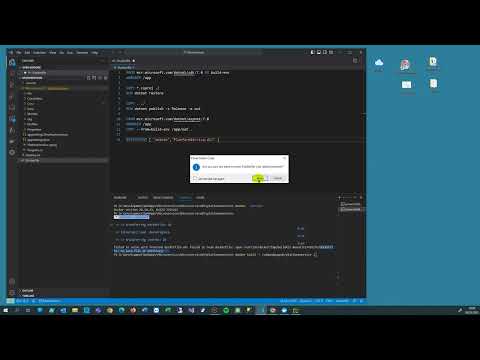
Found 47 images related to docker: invalid reference format: repository name must be lowercase. theme


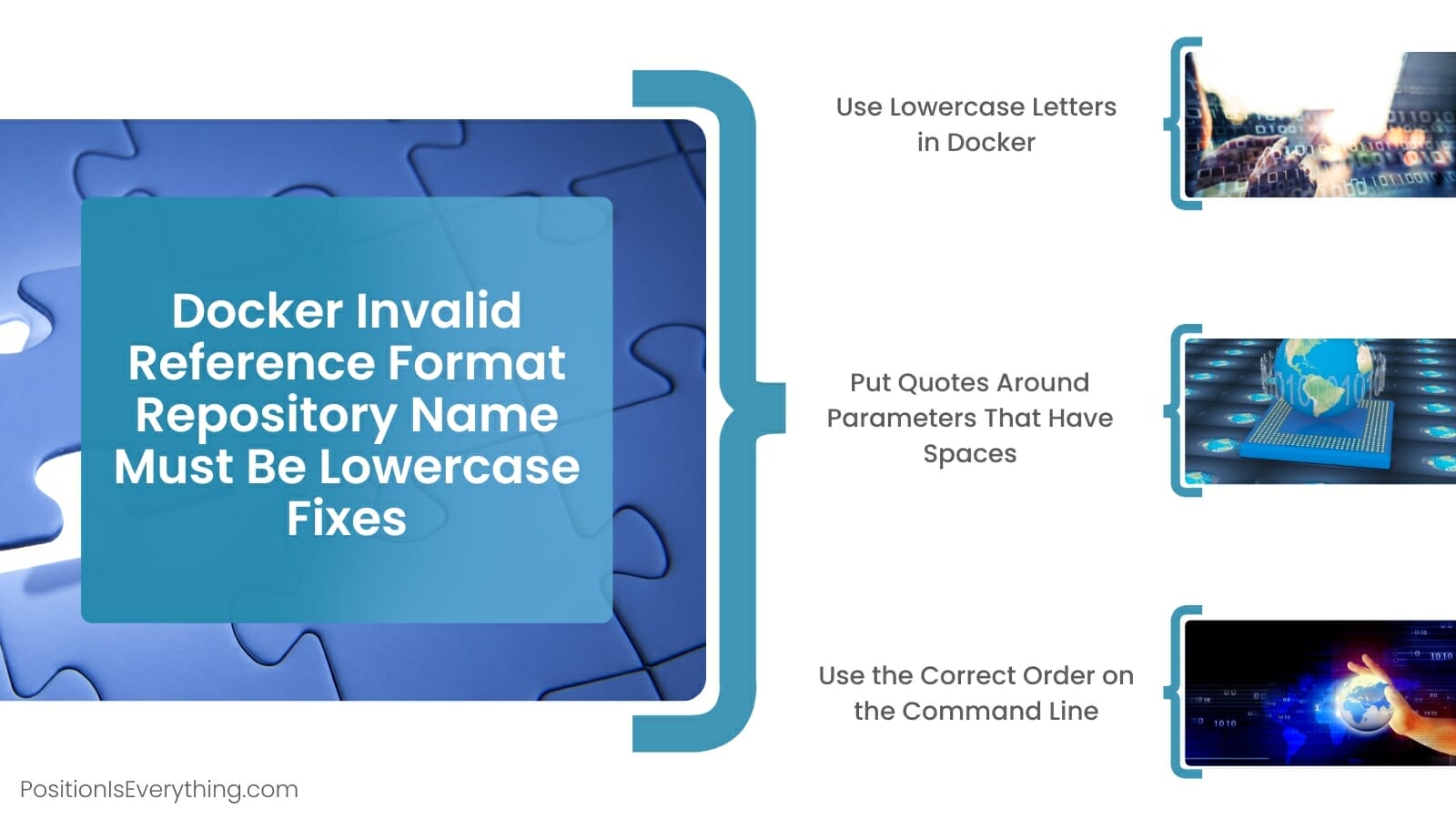
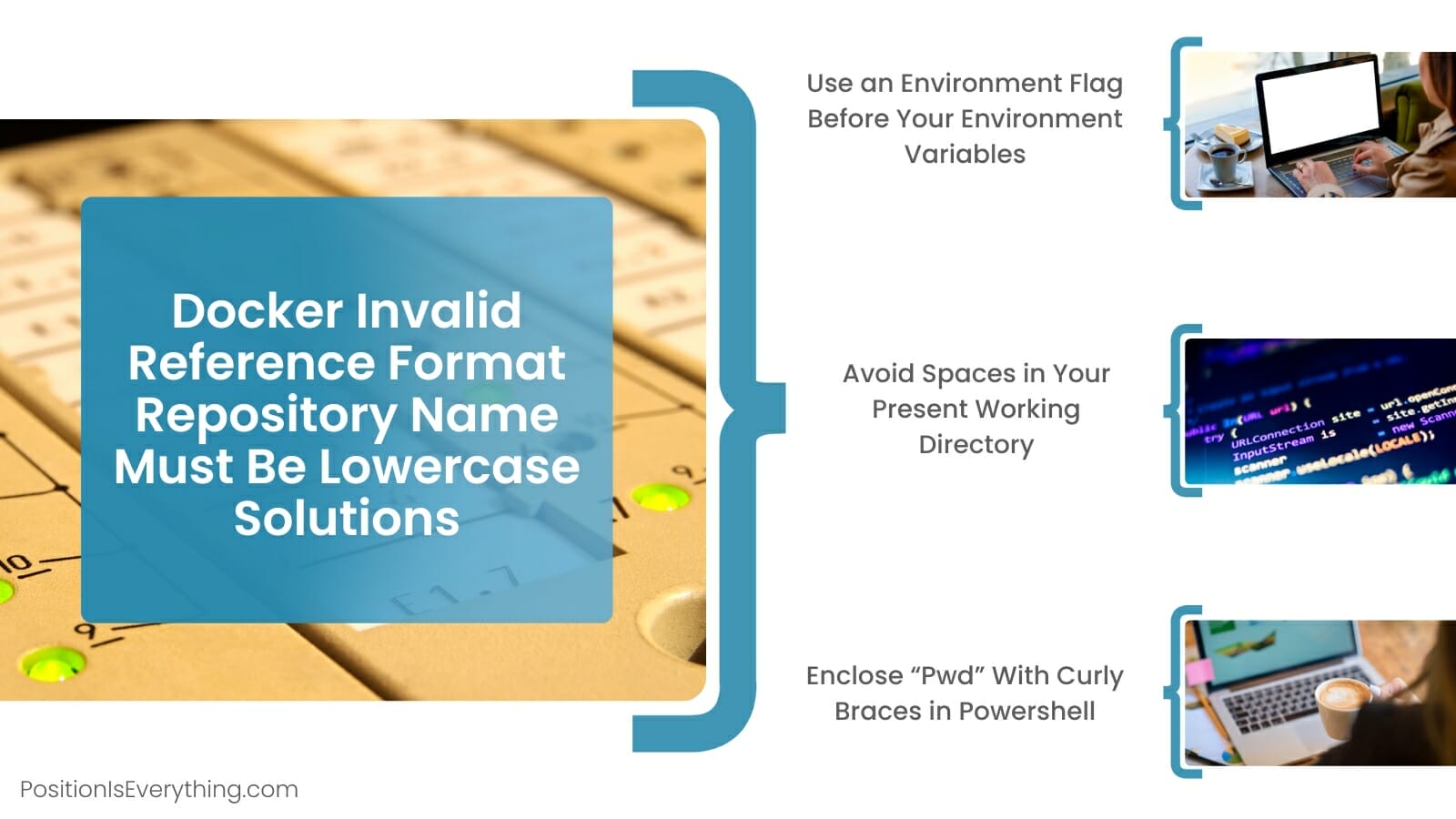

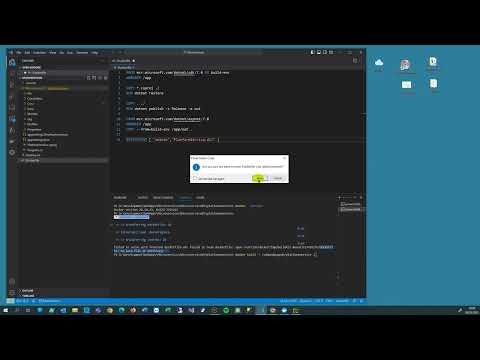

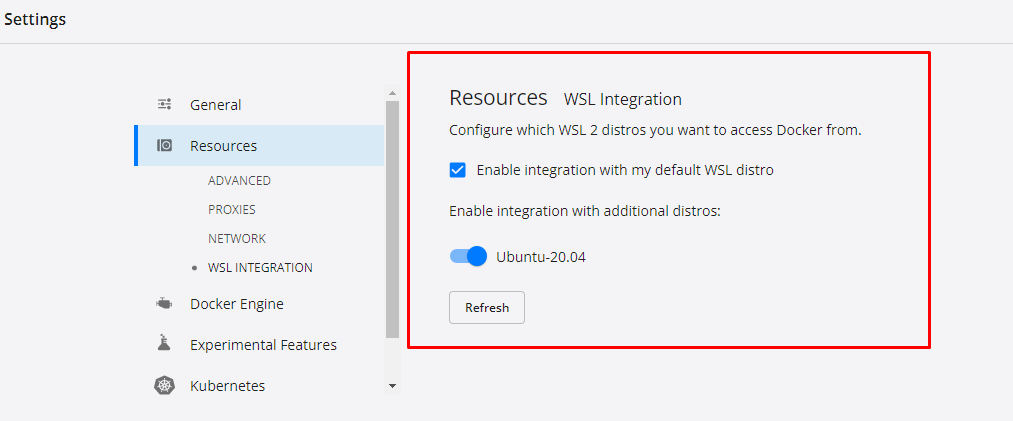







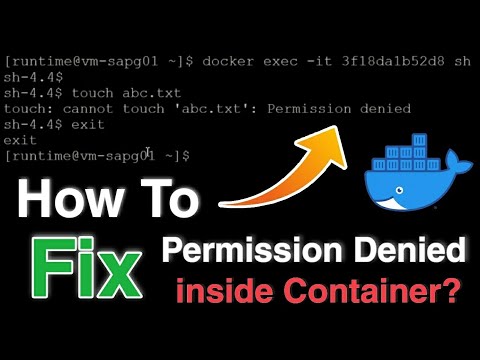

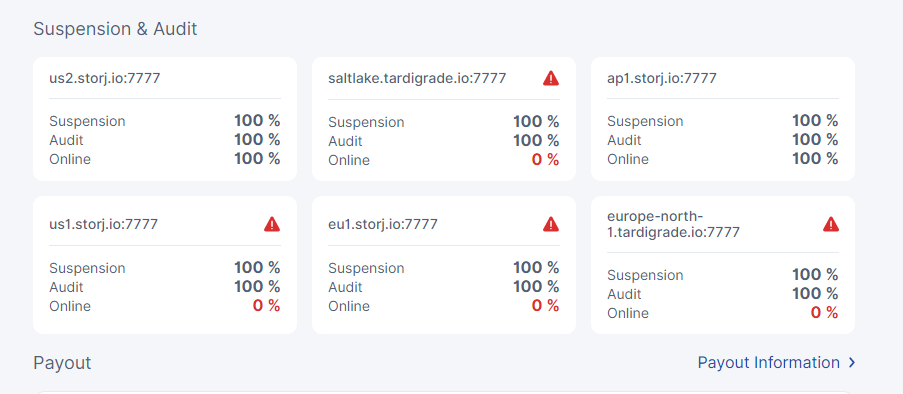


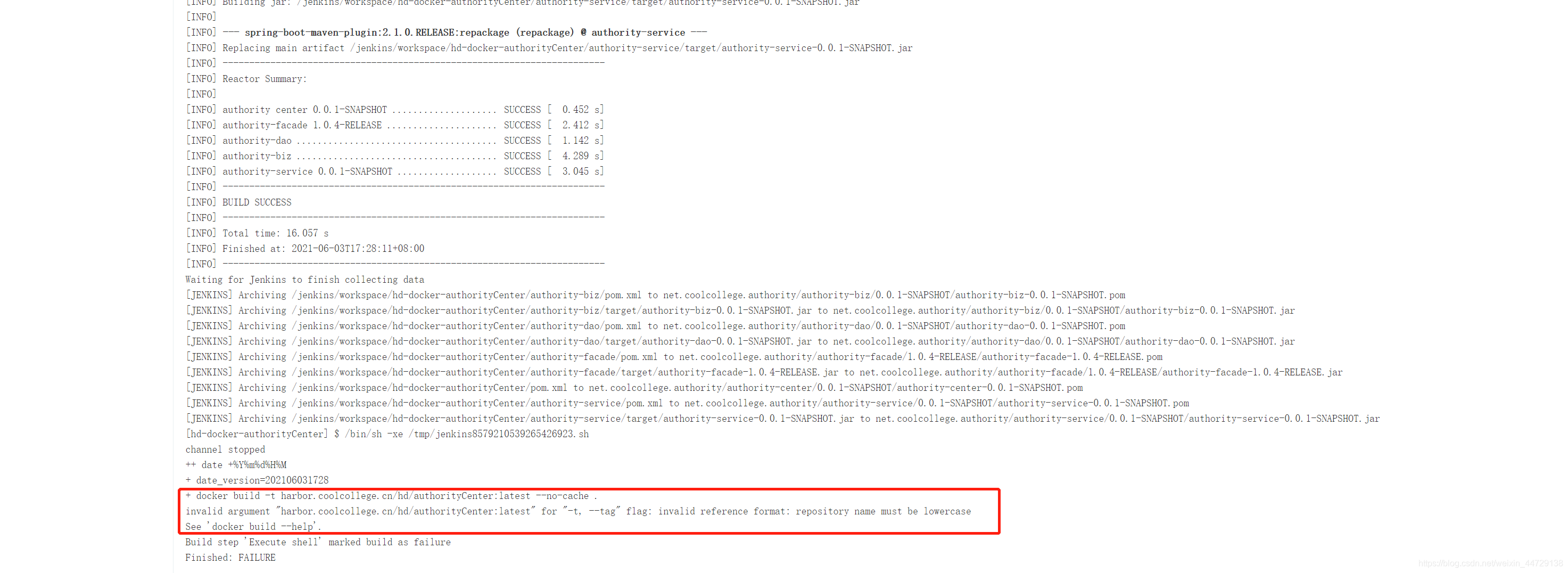






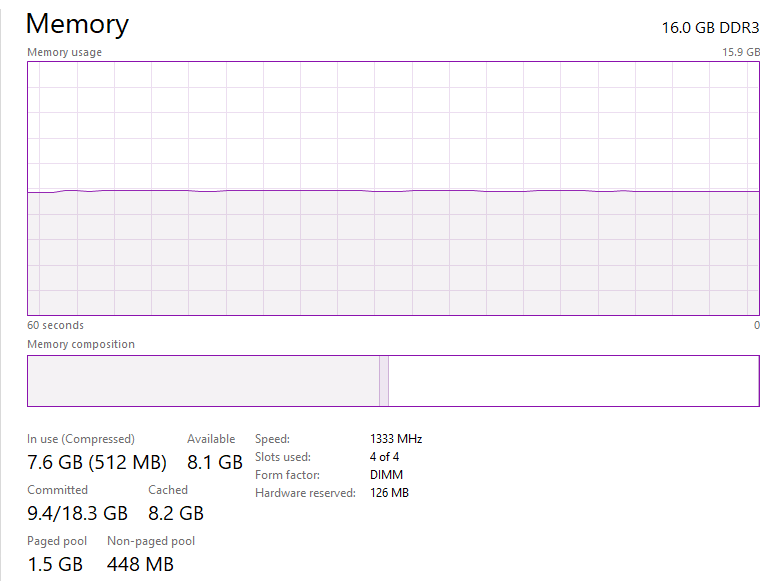




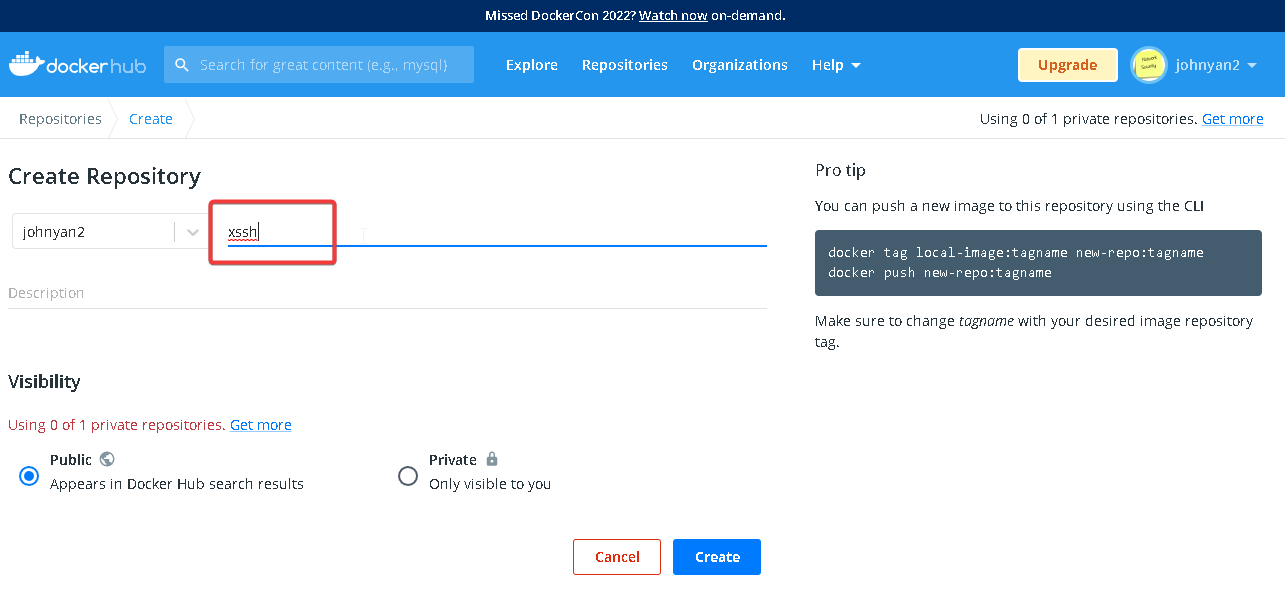


![0] Windows version of Linux's $(pwd) no more headaches | Michael Brooks 0] Windows Version Of Linux'S $(Pwd) No More Headaches | Michael Brooks](https://i0.wp.com/michaelbrooks.co.uk/wp-content/uploads/2022/09/image.png?resize=690%2C269&ssl=1)
Article link: docker: invalid reference format: repository name must be lowercase..
Learn more about the topic docker: invalid reference format: repository name must be lowercase..
- Docker error: invalid reference format: repository name must …
- When building in version 3.2.1 “repository name must be …
- invalid reference format: repository name must be lowercase …
- “Invalid reference format: repository name must be lowercase …
- Docker: invalid reference format: repository name must be …
- invalid reference format: repository name must be lowercase
- docker: invalid reference format: repository name must be …
- Docker error: invalid reference format: repository name must …
- Error: Docker pull failed with exit code 1 invalid reference …
- invalid reference format: repository name must be lowercase.
See more: nhanvietluanvan.com/luat-hoc